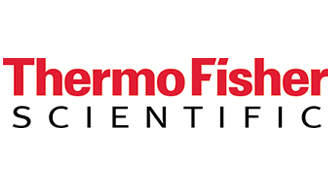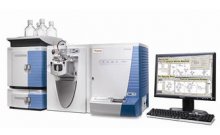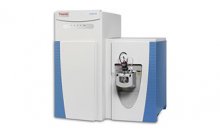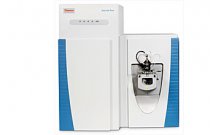GCMS对红酒中的杂质进行定性和定量
摘要:
Extracted wine samples were analyzed by a sequential full-scan/SIM acquisition on a GC-MS system consisting of a Thermo Scientific ISQ single-quadrupole mass spectrometer and a Thermo Scientific TRACE GC Ultra gas chromatograph. The results were compared to the sensitivity limits of human tasters. This method allows wine makers to obtain precise measurements on the organoleptic parameters that determine wine purity on site rather than having to send samples for expensive, external analysis. In this report, we present the design and results of this study, including the experimental method used to detect impurities and the concentration ranges that compare GC/MS with human detection.
仪器:
ISQ single-quadrupole mass spectrometer
结论:
The ability of the ISQ GC-MS to detect several contaminants in wine at lower concentrations than the limit of human tasters, and its ease of use in combination with a single-step, two-minute sample preparation make it a useful tool for the wine industry. The sequential full-scan/SIM acquisition method for detecting the impurities also does not require extensive training of personnel to provide accurate results. In addition, this general method may be improved or customized to particular wines by incorporating new parameters such as trying other SPME coatings in the extraction phase.
The wine, champagne, and spirit market can be well served by analytical chemistry tools such as GC-MS. There are also other potential uses for this analysis method. For example, wine and other spirit producers risk their recipes being compromised when they outsource their product analysis, and prefer to conduct it on site. In addition, analysis of competitors’ products using a GC-MS can help producers quantify what makes one wine superior to another.




